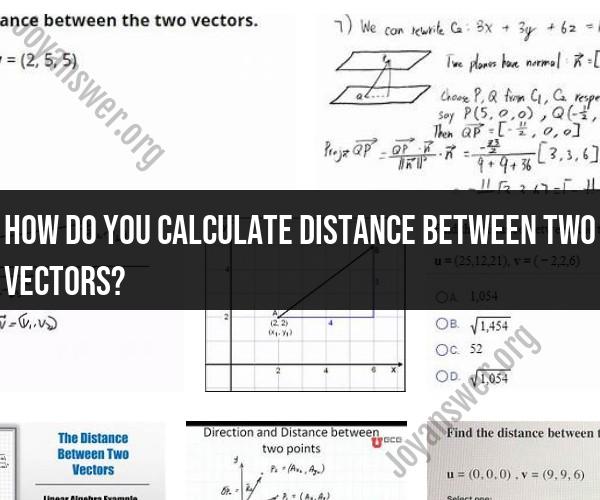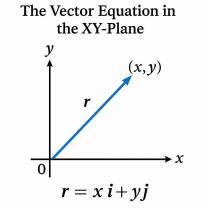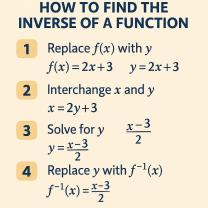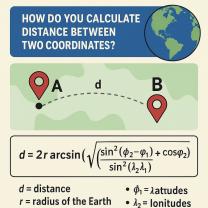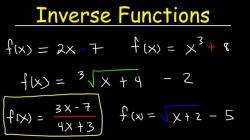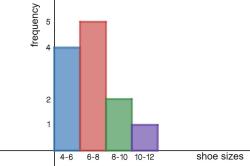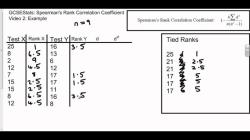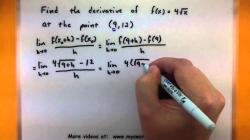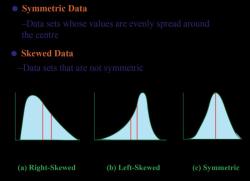How do you calculate distance between two vectors?
To calculate the distance between two vectors, you can use various distance metrics, depending on your specific application and the nature of the vectors. One common distance metric is the Euclidean distance, also known as the L2 distance. Here's how you can calculate the Euclidean distance between two vectors:
Suppose you have two vectors, A and B, where each vector consists of n components:
A = [a1, a2, a3, ..., an]B = [b1, b2, b3, ..., bn]
The Euclidean distance (d) between these two vectors is calculated as follows:
d = √((a1 - b1)² + (a2 - b2)² + (a3 - b3)² + ... + (an - bn)²)
In other words, you subtract the corresponding components of the two vectors, square each difference, sum up all the squared differences, and then take the square root of the sum.
Here's a step-by-step guide on how to calculate the Euclidean distance between two vectors:
Ensure Vectors Have the Same Dimension: Make sure that both vectors, A and B, have the same number of components (n). If they have different dimensions, you may need to take appropriate measures, such as dimensionality reduction or data preprocessing, to ensure compatibility.
Calculate the Squared Differences: For each component, subtract the corresponding component of vector B from vector A and then square the result. Repeat this process for all components.
(a1 - b1)², (a2 - b2)², (a3 - b3)², ..., (an - bn)²
Sum the Squared Differences: Add up all the squared differences obtained in step 2.
(a1 - b1)² + (a2 - b2)² + (a3 - b3)² + ... + (an - bn)²
Take the Square Root: Finally, take the square root of the sum obtained in step 3 to calculate the Euclidean distance.
d = √((a1 - b1)² + (a2 - b2)² + (a3 - b3)² + ... + (an - bn)²)
The result, d, represents the Euclidean distance between the two vectors A and B. This distance metric is commonly used in various fields, including machine learning, data analysis, and pattern recognition, to measure the dissimilarity or similarity between data points represented as vectors.
